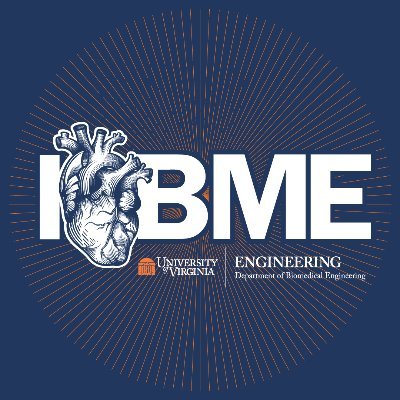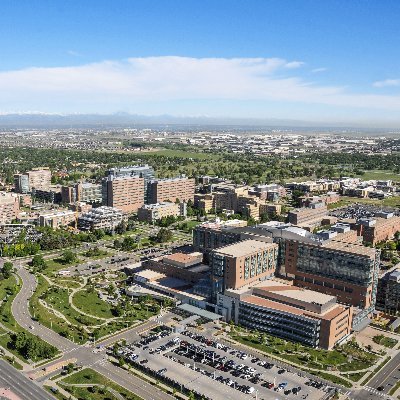
Taylor Eggertsen
@tayloreggertsen
Followers
84
Following
85
Media
3
Statuses
25
PhD Candidate @UVABME in @sauce_lab studying pharmacological therapies for cardiac hypertrophy | @UVACVRC trainee | Husband and Father | He/him/his
Virginia, USA
Joined May 2020
Celebrating @tayloreggertsen's magical PhD dissertation,"Systems Pharmacology Approaches Identify Drugs and Mechanisms That Regulate Cardiomyocyte Growth"! @sauce_lab @UVABME
1
5
42
Congratulations to @BryanaNycoleH on her outstanding PhD defense, "A Comprehensive Systems Biology Approach to Identify Novel Mechanisms Regulating Cardiomyocyte Proliferation"! @UVABME @BlackInBME
9
8
65
Come join @sauce_lab to discover drugs for heart failure and regeneration with systems biology! Postdocs @UVACVRC open and free no-GRE PhD app due 12/15 @UVABME.
0
5
16
Inviting you to the free virtual Netflux and Logic-based Network Biology Meeting on Jan 16. Talks by trainees using our user-friendly Netflux software and other logic-based methods to simulate networks. Keynote by Jay Humphrey @YaleBME. Please RT. https://t.co/IcgV4u19iU
1
15
31
Listen to @tayloreggertsen @sauce_lab's solo(!) interview on public radio, where he describes his network modeling to repurpose a cancer drug against cardiac hypertrophy. #proudmentor #scicomm
wvtf.org
Developing a new medication can take years and cost millions of dollars – and the process is risky. Even with a massive investment of time and money, some drugs will not prove safe and effective....
3
3
21
Midostaurin is a chemotherapy drug used to fight bone-marrow cancer. But a new drug-screening tool suggests that it could also treat and prevent heart failure. @jsauce7 @sauce_lab @tayloreggertsen #HeartFailure #chemotherapy
newsroom.uvahealth.com
A powerful new drug-screening tool developed at UVA Health has identified a promising potential treatment for heart failure.
0
3
7
.@UVA biomedical engineering Ph.D. student Taylor Eggertsen is using biological modeling tools to find a medicine that could prevent heart failure.💻🧡💙 @sauce_lab @CardioUva More: https://t.co/9NuEiOlvRC
0
4
27
@sauce_lab’s very own @BryanaNycoleH has co-founded the Society for Black Biomedical Scientists and Engineers at UVA, along with @Syn_Gibbs! @UVABME @uva_bims @DiversityUVASOM @UVAEngineers
0
1
14
Very proud of @tayloreggertsen for publishing his first paper, "Virtual drug screen reveals context-dependent inhibition of cardiomyocyte hypertrophy"! His network model predicts 52 FDA-approved drugs that regulate heart cell growth. https://t.co/9DEct1CUub
1
10
32
I’m very excited to receive the notice of award for my F31! It is titled “Virtual drug screen reveals context-dependent inhibition of cardiomyocyte hypertrophy.” Big thanks to @sauce_lab and @UVACVRC for making this research possible!
4
2
45
2 talks, 3 posters, and 3 trips to the beach by @sauce_lab at #CardiacPhysiome in Irvine. @tayloreggertsen @muktichowkwale @andersrnelson Lionel
0
3
31
First paper by @andersrnelson accepted! We also enjoyed our first collaboration with @DNBugg and @JD98119. #fibroblast
3
1
37
@uvapharmacology @tayloreggertsen @genomeresearch This study on wrinkly nuclei was also covered on @NBC29
29news.com
Until now, it’s been a challenge understanding why the condition impacts younger people.
0
1
0
Irina Bochkis @uvapharmacology discovered that changes in nuclear shape alter lamina-chromatin interactions and binding of FOXA2, predictive of liver disease in mice+humans. Happy to collab with nuclear shape analysis by @tayloreggertsen. @genomeresearch
newsroom.uvahealth.com
The new insights help explain the condition in younger people and may even help us slow or reverse aging.
1
1
3
Congratulations to the Bochkis lab! So grateful I could collaborate with this work!
0
0
2
Happy to share our latest preprint by Matt van de Graaf and @tayloreggertsen. We test 4 protein interaction databases for their ability to recover interactions from 3 large-scale manually curated signaling networks. 1/3 https://t.co/GxG9uH5zFP
2
4
9
Overview of my Cardiac Systems Biology Group, with highlights of student projects on cardiac regeneration, hypertrophy, and fibrosis.
1
3
32
1
2
28









